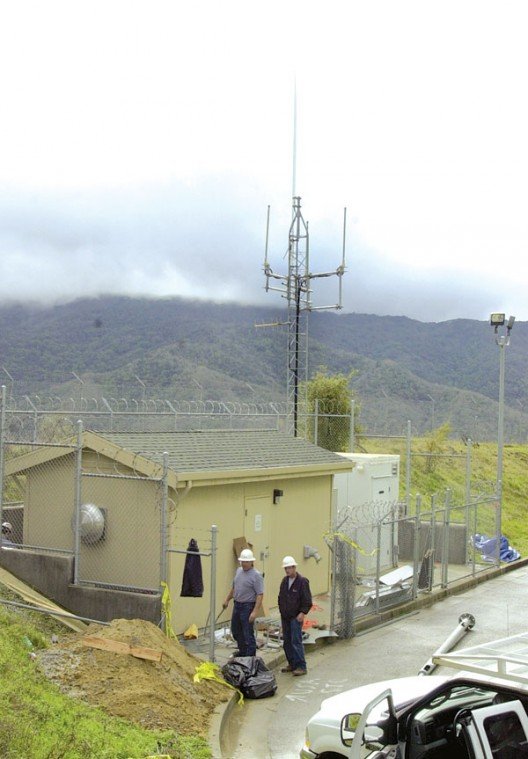GILROY
– Deciding it’s not their bailiwick – and that it’s unlikely to
do much good anyway – city officials have scrapped the idea of
helping to organize or participate in a public forum on the health
issues surrounding transmission towers.
GILROY – Deciding it’s not their bailiwick – and that it’s unlikely to do much good anyway – city officials have scrapped the idea of helping to organize or participate in a public forum on the health issues surrounding transmission towers.
But they apparently will still have a public discussion next month to review and consider their other options – not tied to the health concerns – on how to locate the towers that have become the source of a citywide petition drive and several individual controversies in recent months.
City Manager Jay Baksa said Friday that he hopes to schedule a workshop for Council in February to discuss the city’s powers concerning the towers, some potential ordinances centering on issues such as aesthetics and land-use planning – and what the city’s options are. The discussion is also likely to include the concept of assembling a master plan for towers.
“It will be an educational workshop for the Council and ultimately the public that starts the educational process …” on where authority and discretion lies over the towers, he said. “We have to start with that first layer of education and get the emotion out of this thing.”
The debate over transmission towers in Gilroy began with an Internet company’s proposal to build a wireless Internet transmission tower at a city water tank site in the Northwest Quad neighborhood.
After hearing from several angry residents concerned about health and aesthetic issues, the city’s Planning Commission voted unanimously to reject the plan by San Francisco-based Zinc Technologies – but the issue snowballed to include a citywide petition drive and opposition to at least two other tower sites.
Welburn Avenue resident Christopher Cote, who helped lead opposition against the Zinc tower, has kept the issue alive by spearheading a petition drive that seeks a new city law prohibiting radiation-emitting transmitters and towers within a 2,500-foot radius of homes, schools and water supplies.
Cote has spoken at City Council meetings in recent months urging the city to consider the ordinance. More recently, he has been supplanted at the city level by Country Estates residents concerned about an AT&T tower proposed for a water tank site above their homes, as well as an existing tower there.
General themes among tower detractors include a distrust of regulatory standards and concerns there hasn’t been enough research to demonstrate their long-term safety. Other objections have also included aesthetics, air-safety and concerns about the degree of access crews will be afforded to the large municipal water tanks.
However, the City Attorney’s Office has said communications safety and health levels and standards are largely set by federal laws and the Federal Communications Commission, with the city’s authority relatively limited to site-placement issues such as aesthetics.
Previously, officials had been trying to set up a mid-January public forum where experts could speak, and views – and facts – on the towers and transmitters would be able to be aired.
But after discussing the idea at their recent annual retreat, several on Council agreed that holding such a forum wouldn’t be a good idea.
Councilman Bob Dillon said the event probably wouldn’t do much to change anyone’s minds about the issue. Instead, it would probably turn out like a giant “food fight,” he said.
“No one is going to go in and come out with a different opinion,” he said.
Mayor Tom Springer also doubted at the retreat that much headway could be made without the presence of FCC officials, who had not committed to attending such a forum.
“Not a lot would be changed because there’s not a defining authority,” he said.
Tower supporters were arranging to have their own representatives speak – reportedly including experts from Cornell University – but had said they needed more time to arrange them.















